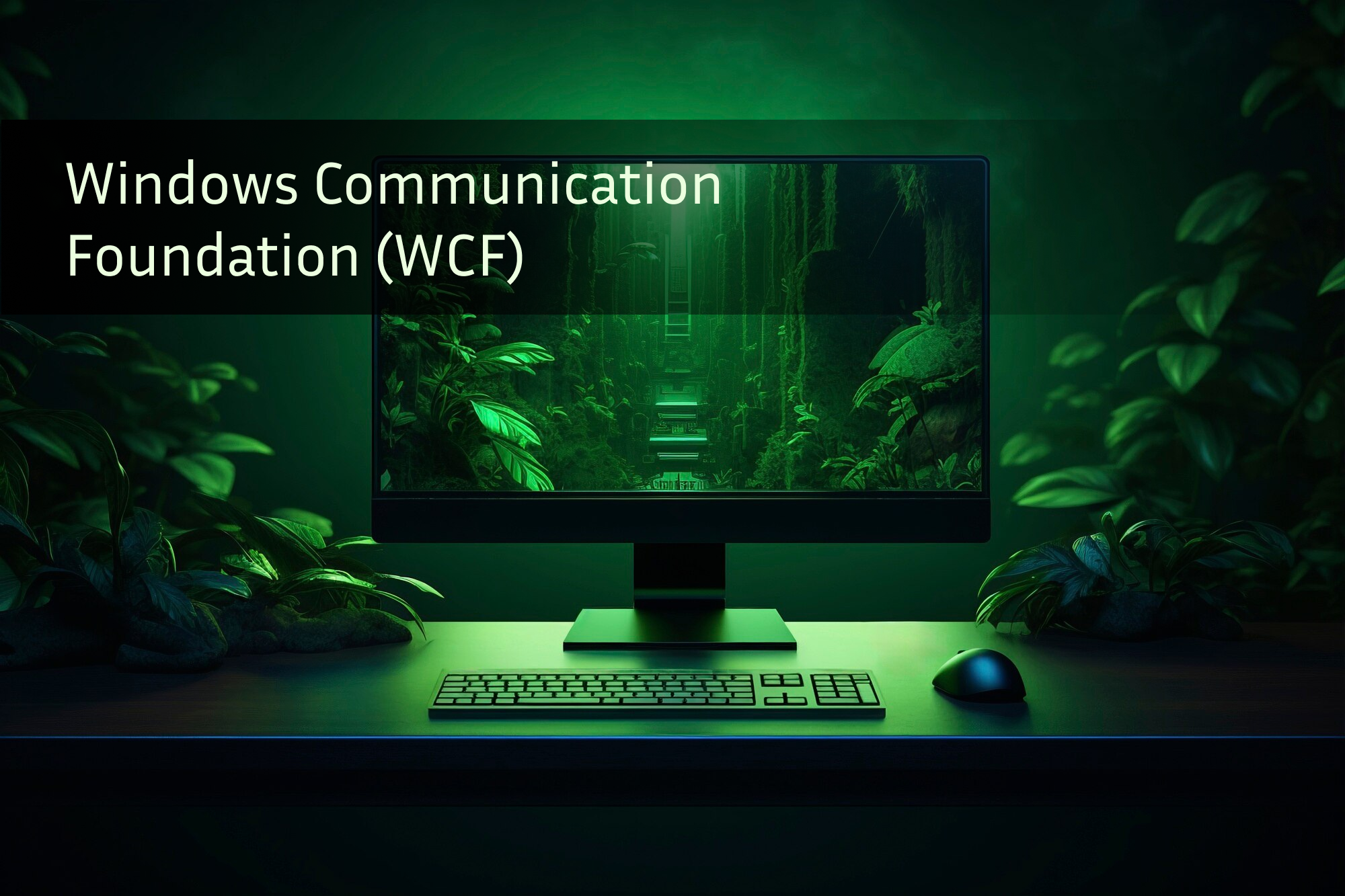

Windows Communication Foundation (WCF) is a robust framework designed for developing service-oriented applications in .NET. It enables developers to build applications that can interact securely and reliably across various platforms and networks.
If you're unfamiliar with WCF, this guide will take you through its main features, architecture, and how it can be applied in your projects.

Windows Communication Foundation (WCF) comprises a collection of APIs and tools enabling developers to create distributed, message-oriented applications within .NET. It offers a cohesive programming framework for developing secure, dependable, and scalable services that interact through multiple protocols. WCF assists developers in tackling the intricate issues of distributed computing, such as message routing, security, and transaction management.
WCF has several key features that make it stand out as a communication framework:
Interoperability
WCF facilitates smooth interaction among various platforms and technologies. Regardless of whether your services are developed using .NET, Java, or alternative technologies, WCF guarantees seamless communication between them.
Security
WCF offers integrated features for securing messages through diverse authentication, authorization, and encryption methods. This makes it an excellent option for creating secure communication channels within your applications.
Reliability
WCF offers capabilities such as WS-ReliableMessaging, which guarantees that messages are consistently delivered between services even during network failures or other problems.
Transactional Support
WCF enables distributed transactions, permitting you to execute various operations across different systems as a unified, atomic transaction.
Multiple Communication Patterns
WCF accommodates several communication styles, such as one-way, request-reply, and duplex messaging. This enables you to develop adaptable and scalable services that cater to the unique requirements of your application.
WCF facilitates interaction between services through a message-oriented method. This is the way the communication process functions:
Client Request: The client transmits a message to the WCF service through an endpoint.
Message Handling: The service obtains the message, processes it per the operation agreement, and produces a response.
Service Reply: The service sends the reply to the client.
The service manages different protocols and message formats according to its setup. WCF also guarantees that the message is sent securely and dependably to the intended recipient.
WCF offers numerous benefits for developers, particularly when creating distributed applications:
Flexibility
WCF enables developers to select from multiple communication protocols (HTTP, TCP, MSMQ) and message formats (XML, JSON). This adaptability makes it perfect for creating applications that must interact across various platforms.
Scalability
WCF services offer excellent scalability, making them ideal for large enterprise applications that must efficiently manage a significant number of requests.
Security
By providing support for SSL, authentication, and encryption, WCF guarantees the security of your services and safeguards communication among them.
Extensibility
WCF offers a wide range of extensibility features, enabling developers to tailor behavior, incorporate message filters, and develop custom bindings to satisfy particular requirements.
Windows Communication Foundation (WCF) is a flexible and robust framework for creating distributed applications that need secure, dependable, and scalable communication. By grasping the essential components and features of WCF, you can leverage its functionalities to create strong services for enterprise-grade applications. Whether you are creating SOAP-based services or managing intricate security and transaction needs, WCF offers the resources required to tackle these difficulties efficiently.
If you are new to WCF, this guide will give you a strong basis. As you explore further, you’ll come across more complex ideas such as message security, reliable messaging, and custom bindings. Enjoy coding!